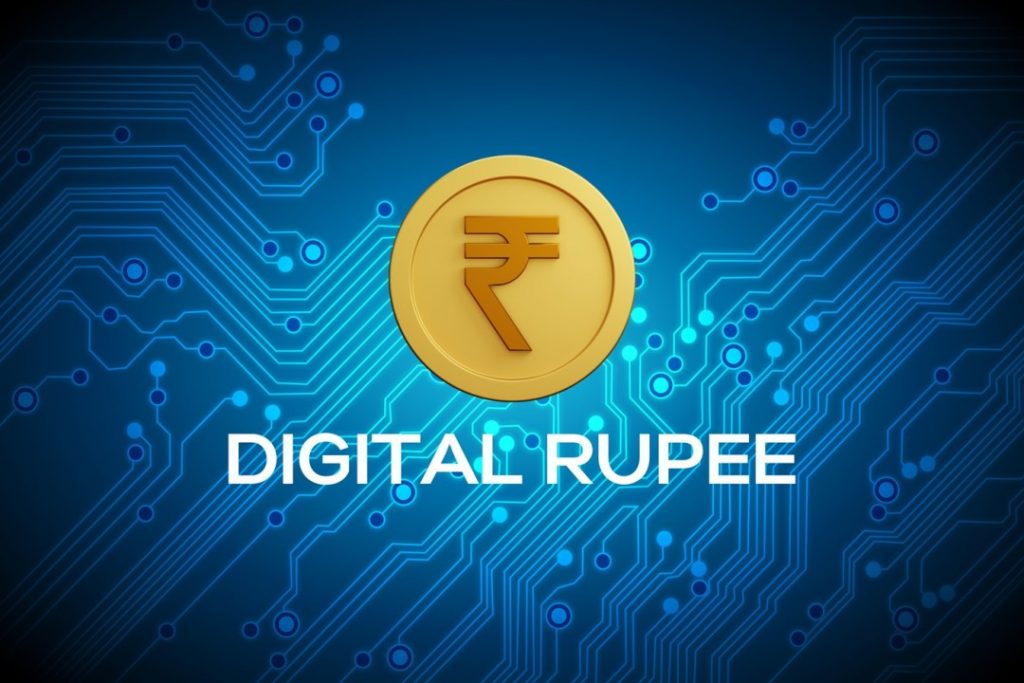
Digital Rupee India's Journey into the Digital Age
The Digital Rupee, India’s Central Bank Digital Currency (CBDC), is a groundbreaking initiative aimed at revolutionizing the country’s financial landscape. As one of the world’s largest economies, India’s adoption of a CBDC could have far-reaching implications for both domestic and international finance.
The Need for a Digital Rupee
India has a vast population with a significant portion still unbanked or underbanked. The introduction of a Digital Rupee aims to address these challenges by providing a more inclusive and efficient financial system. Additionally, a CBDC could help reduce the dependence on physical cash, which can be costly and inefficient to manage.
Key Features of the Digital Rupee
The Digital Rupee is expected to have the following key features:
- Digital Representation: It will be a digital representation of the Indian Rupee, issued by the Reserve Bank of India (RBI).
- Interoperability: The Digital Rupee will be interoperable with other digital payment systems, such as UPI and NEFT.
- Accessibility: It will be widely accessible to the public, including those who are currently unbanked or underbanked.
- Security: The Digital Rupee will be backed by the RBI, ensuring its security and stability.
- Privacy: The RBI will implement appropriate privacy measures to protect user data.
The Benefits of the Digital Rupee
The Digital Rupee offers several potential benefits, including:
- Financial Inclusion: It can help to bring more people into the formal financial system, reducing financial exclusion.
- Efficiency: Digital payments are faster and more efficient than traditional cash-based transactions.
- Cost Reduction: The Digital Rupee can reduce the costs associated with printing and distributing physical currency.
- Innovation: The introduction of a CBDC can foster innovation in the financial sector, leading to new products and services.
- Sovereignty: A CBDC can help India maintain its monetary sovereignty and reduce its reliance on foreign currencies.
Challenges and Considerations
The implementation of a CBDC also presents several challenges:
- Technical Infrastructure: Developing and deploying a CBDC requires a robust technical infrastructure and cybersecurity measures.
- Privacy Concerns: Balancing privacy with security is a key challenge in designing a CBDC.
- Interoperability: Ensuring interoperability with existing payment systems is crucial for the success of a CBDC.
- Public Acceptance: The public needs to be educated about the benefits of CBDCs and their usage.
The Future of the Digital Rupee
The future of the Digital Rupee is promising, as it has the potential to transform the Indian financial landscape. The RBI has been actively working on the development of the CBDC, and its pilot launch is expected to take place soon.
As the Digital Rupee gains traction, it could serve as a model for other countries considering the implementation of their own CBDCs. The success of the Digital Rupee will depend on its ability to address the challenges and realize its potential benefits.
In conclusion, the Digital Rupee is a significant development in the Indian financial sector. With its potential to improve financial inclusion, efficiency, and innovation, the Digital Rupee could have a profound impact on the lives of millions of Indians. As the project progresses, it will be interesting to see how the Digital Rupee shapes the future of digital payments and finance in India.



